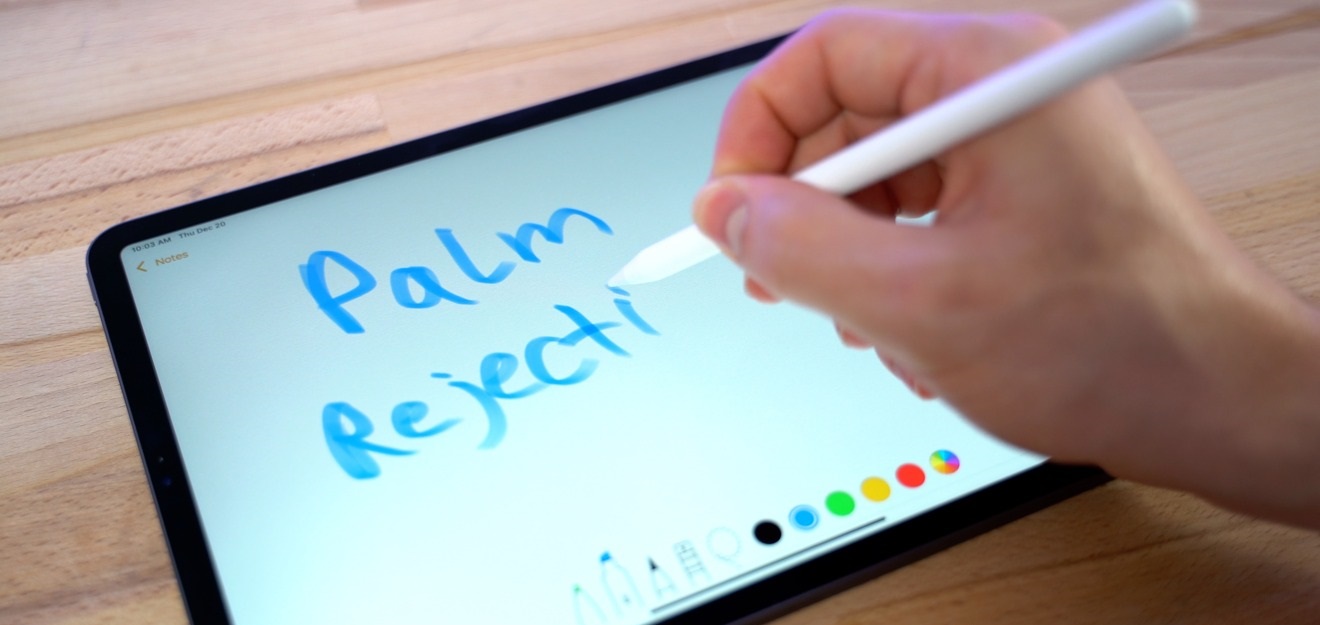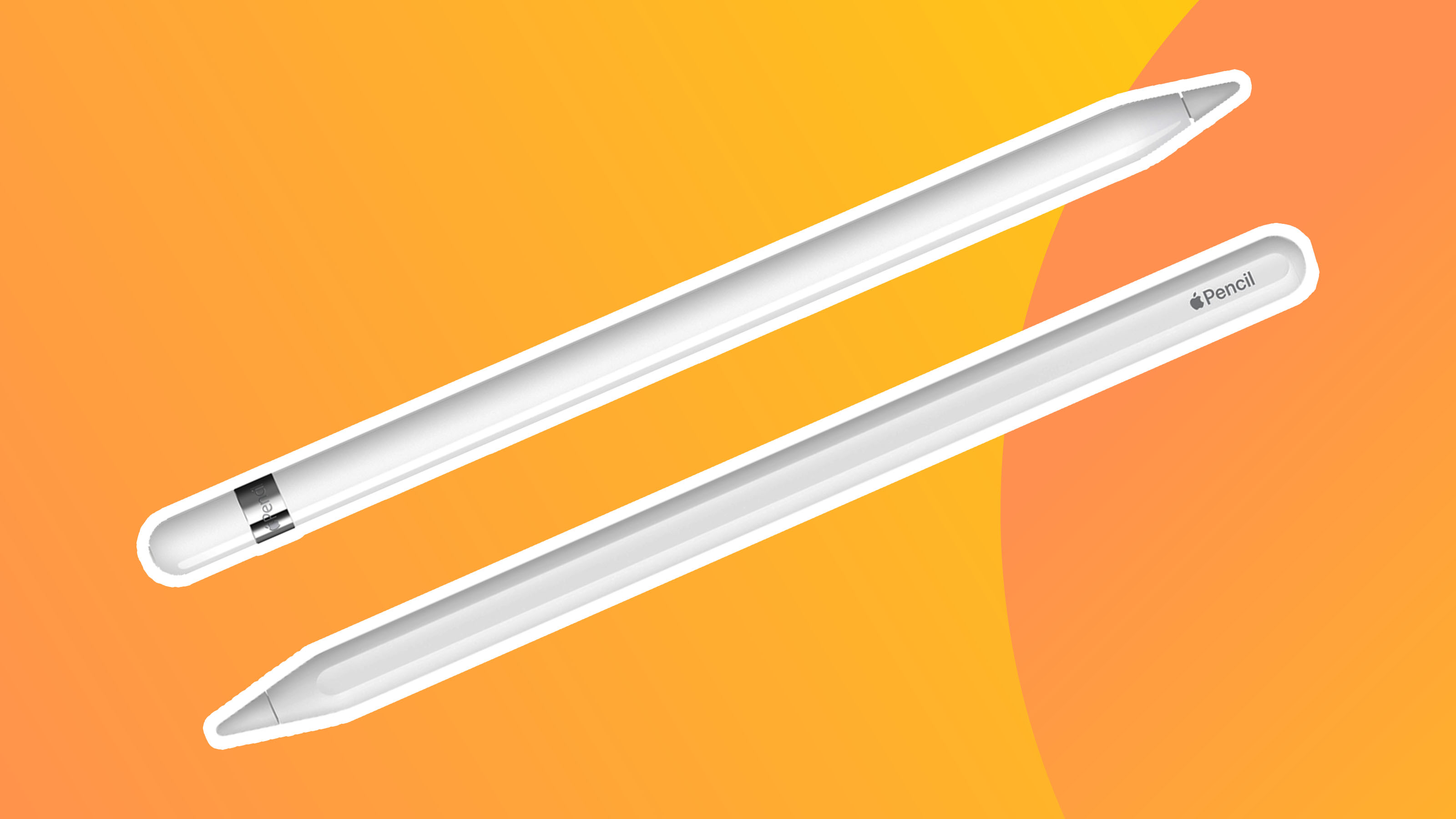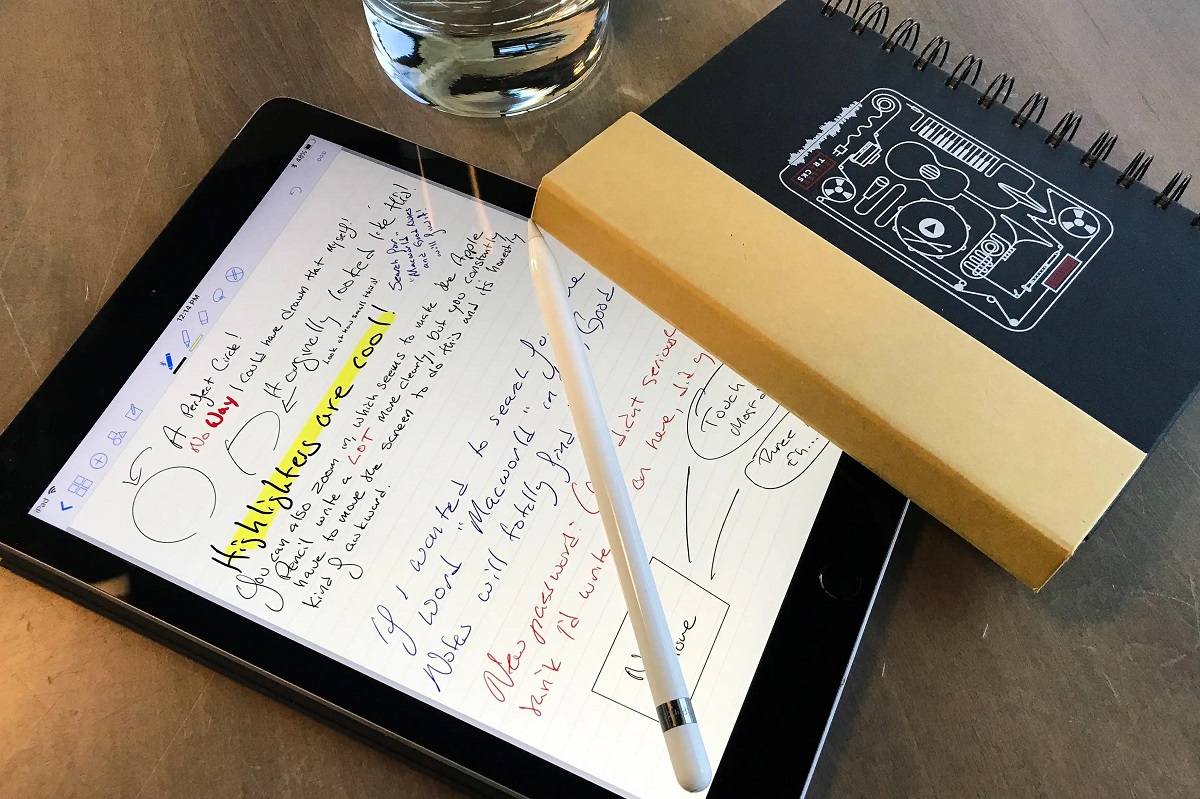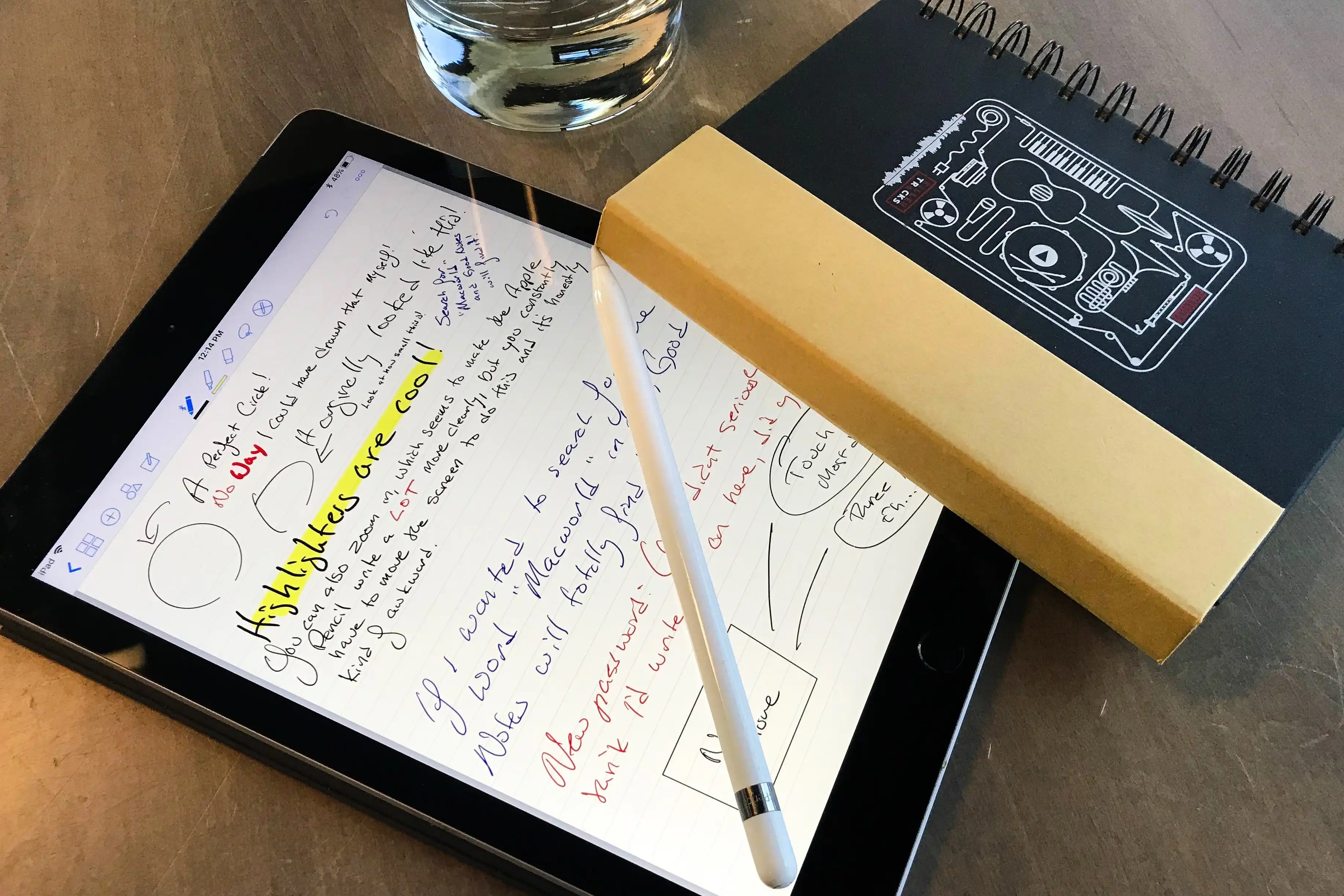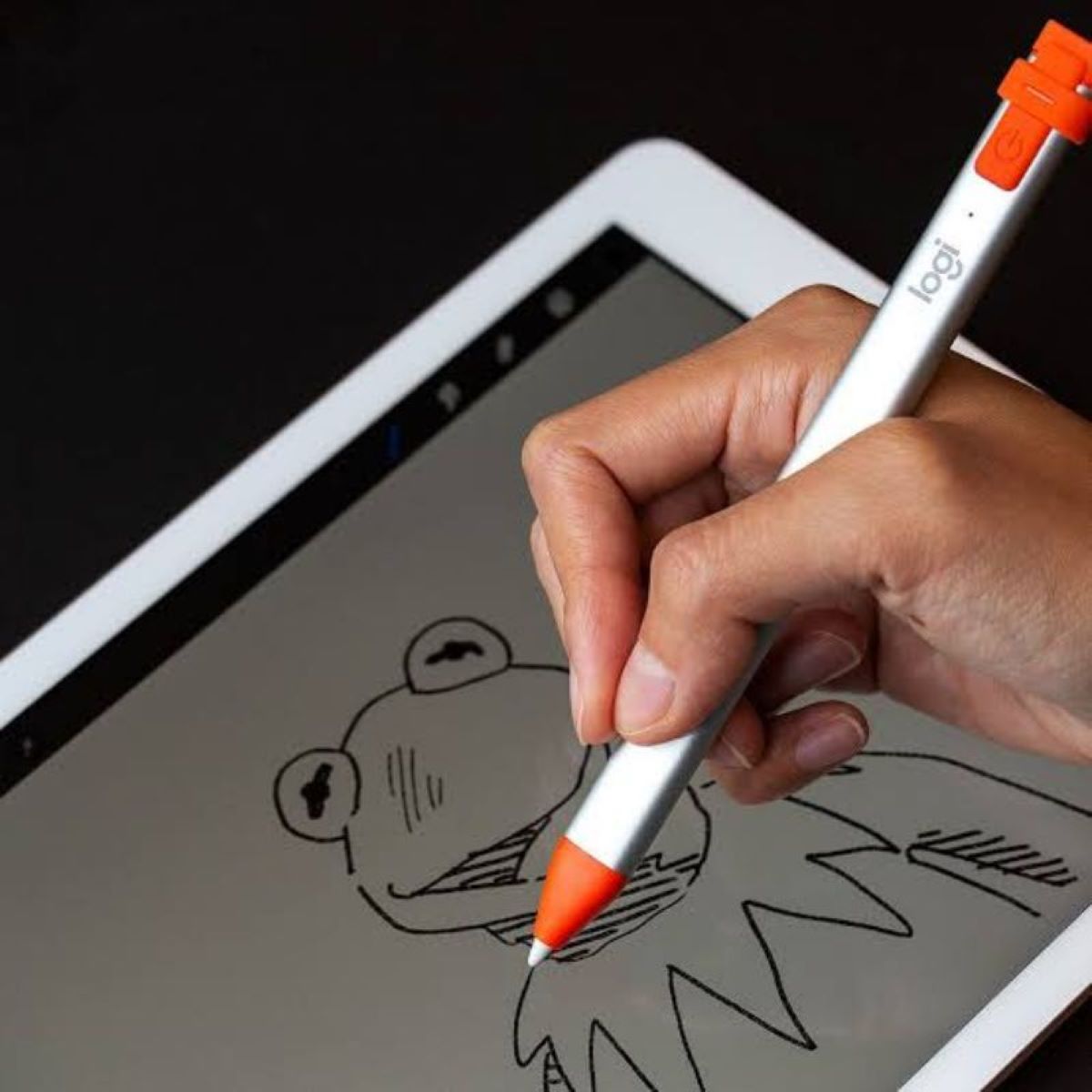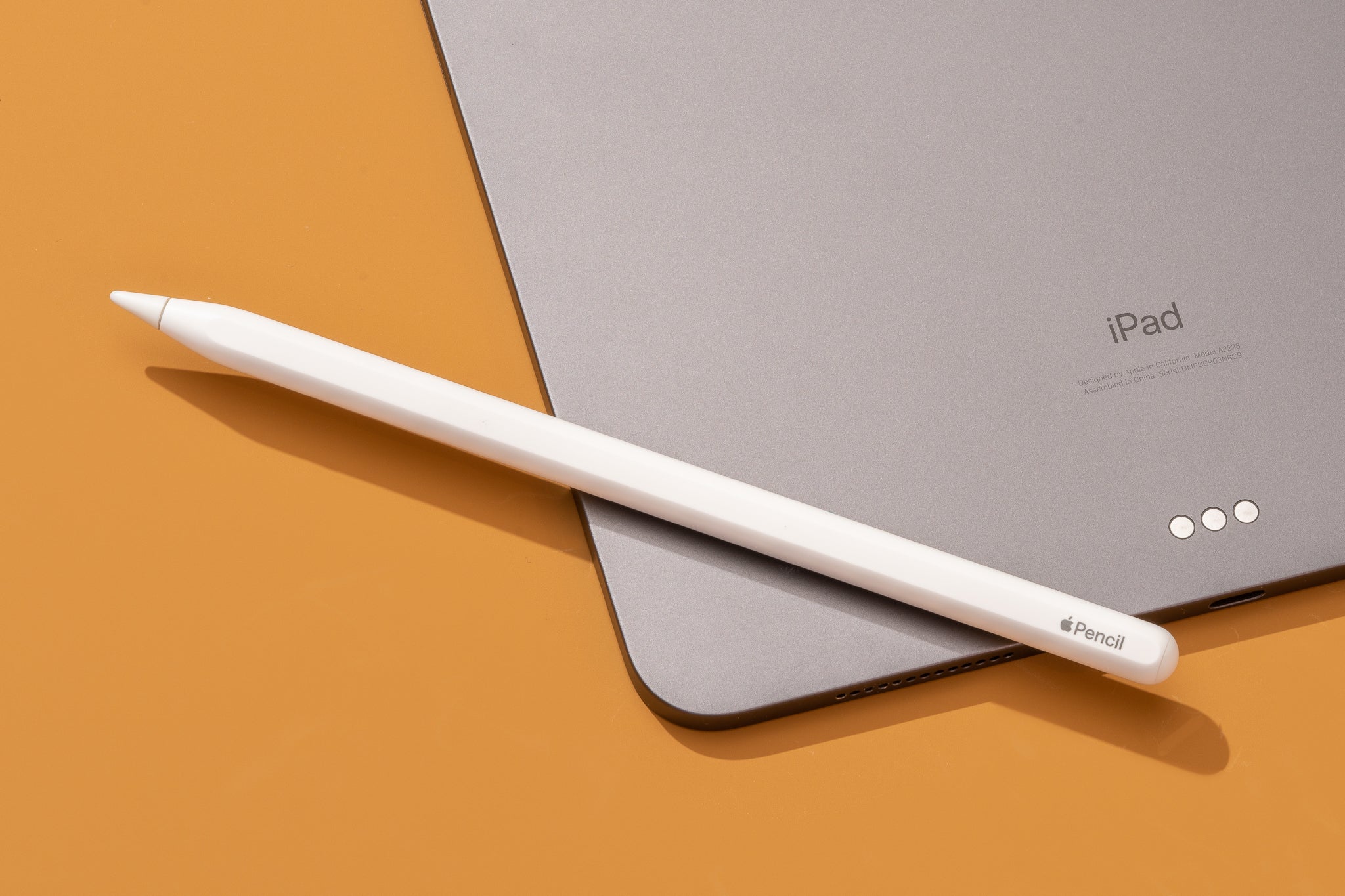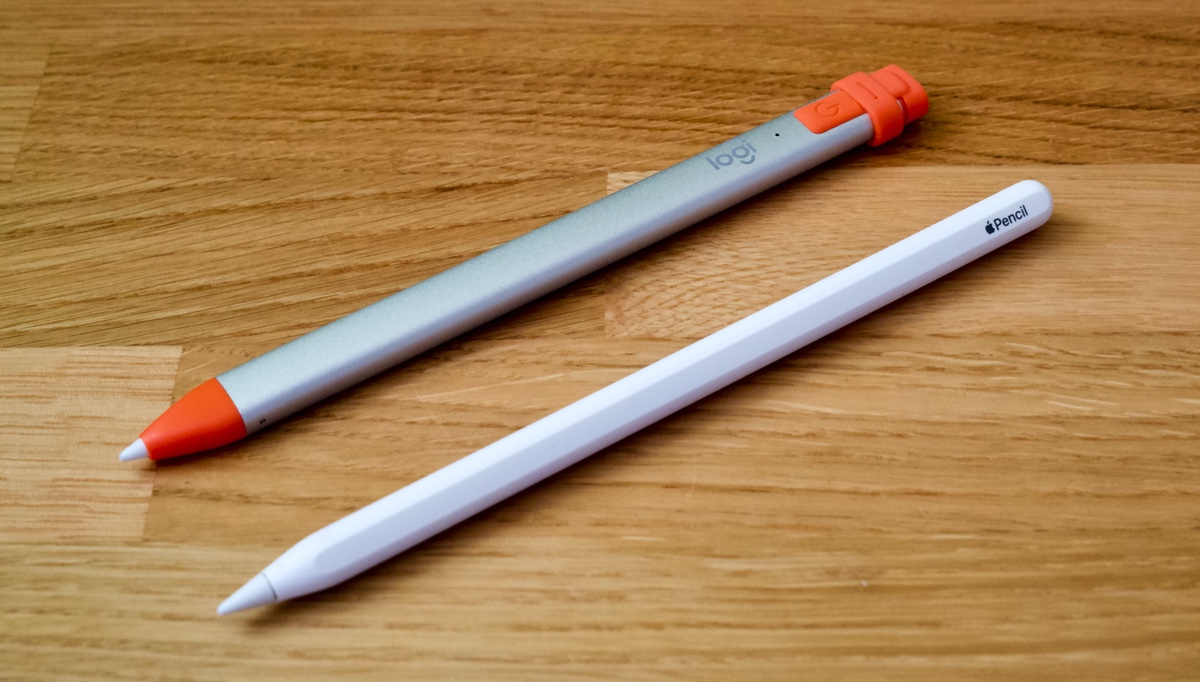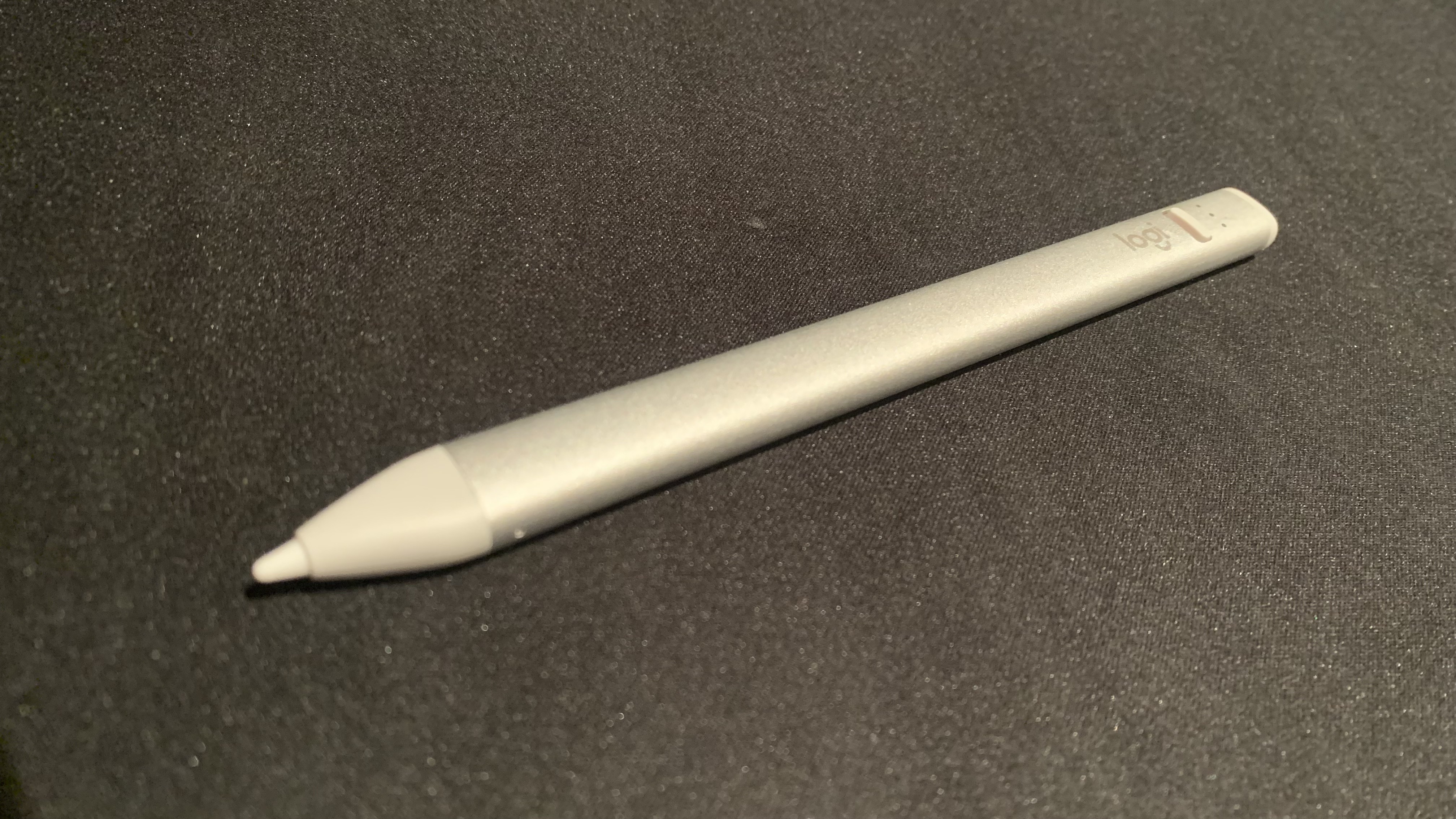Introduction
When it comes to digital art and note-taking on the iPad, the Apple Pencil revolutionized the way we interact with the screen. With its precision and accuracy, it offers a seamless writing and drawing experience. One of the key features that sets the Apple Pencil apart is its ability to reject palm touches or gestures while you’re using it. This is known as palm rejection.
Palm rejection is a technology that allows you to rest your hand on the iPad’s screen while using the Apple Pencil without any interference. It ensures that only the movements made by the pencil itself are registered by the device, ignoring any accidental touches from your palm or fingers. This enables a more natural and comfortable writing or drawing experience, as you can lay your hand on the screen without worrying about leaving unintended marks.
With palm rejection, you no longer have to adjust your hand positioning or worry about accidentally triggering gestures while using the Apple Pencil. It brings a level of precision and control that enhances creativity and productivity, making the Apple Pencil a powerful tool for artists, designers, students, and professionals alike.
In this article, we will explore how palm rejection works with the Apple Pencil, the benefits it offers, and how you can enable this feature on your iPad. We will also cover some troubleshooting tips to help you tackle any palm rejection issues that may arise. So, let’s dive in and discover the wonderful world of palm rejection with the Apple Pencil!
What is Palm Rejection?
Palm rejection is a technology that allows touchscreens to differentiate between intentional inputs made by a stylus or finger and unintended touches from other parts of the hand, such as the palm or fingers. It is particularly important in devices like tablets and smartphones, where users often interact with the screen using a stylus or digital pen.
When you’re using a stylus, such as the Apple Pencil, palm rejection becomes crucial. Without it, the device would register your palm or finger touches along with the inputs from the stylus, resulting in unintended lines or marks on the screen. This can be frustrating and hinder the accuracy and precision required for tasks like drawing, writing, or taking notes.
Palm rejection technology works by recognizing the characteristics of different inputs. It detects the electrical impulses generated by the stylus and distinguishes them from the broader contact area created by the palm or fingers. This allows the device to ignore the palm or finger touches while capturing only the intended inputs from the stylus.
Various algorithms and sensors are employed to achieve palm rejection. The device’s touchscreen uses capacitive sensing to detect electrical changes when it comes into contact with conductive objects like the stylus or our fingers. The size and shape of the contact area are analyzed to determine whether it’s a deliberate input or an accidental touch from the palm or fingers.
Once the device identifies the stylus input, it activates palm rejection mode, temporarily disabling touch sensitivity for the palm and fingers. This ensures that only the stylus inputs are registered on the screen, allowing for precise and uninterrupted drawing or writing. When you lift the stylus off the screen, touch sensitivity for the palm and fingers is reactivated, restoring normal touch functionality.
Palm rejection technology has greatly improved the usability and accuracy of stylus-based devices like the Apple Pencil. It allows for a more natural and immersive writing or drawing experience, enabling users to focus on their creativity without the distraction of unintentional touches. Whether you’re an artist, student, or professional, palm rejection enhances your productivity and helps you unlock the full potential of the Apple Pencil.
How Palm Rejection Works with Apple Pencil
Apple Pencil is designed to work seamlessly with the iPad, utilizing advanced technology to deliver exceptional palm rejection capabilities. The combination of hardware and software enables a precise and accurate drawing or writing experience.
The Apple Pencil communicates with the iPad using Bluetooth technology, establishing a connection that allows for real-time data transmission. This connection is essential for palm rejection to function effectively. When you begin using the Apple Pencil, it sends signals to the iPad, indicating that a stylus is in use.
The iPad’s display is equipped with sensors that can recognize the Apple Pencil. When the stylus makes contact with the screen, these sensors detect the input and activate palm rejection mode. This mode temporarily disables touch sensitivity for the palm and fingers, ensuring that only the stylus inputs are registered by the device.
Through a combination of highly sensitive sensors and complex algorithms, Apple Pencil is capable of distinguishing between intentional stylus inputs and accidental touches from your hand. The sensors detect the size and shape of the contact area, determining whether it’s coming from the stylus or your palm.
As you rest your hand on the screen while using the Apple Pencil, the sensors continuously monitor the touch input, allowing for seamless palm rejection. They recognize the deliberate stylus movements and ignore any incidental touches, ensuring that only the stylus inputs are captured on the screen.
Furthermore, Apple Pencil is designed with a slim and ergonomic shape, promoting a natural grip that minimizes the chances of accidental palm touches. Its precision tip offers a high level of control, allowing you to create fine lines and detailed drawings without interference from your palm.
All these components work together to provide an exceptional palm rejection experience with the Apple Pencil. Whether you’re engaged in digital art, note-taking, or any other activity that requires precise input, you can rely on the Apple Pencil to deliver accurate results while effortlessly ignoring unwanted palm and finger touches.
The seamless integration between the Apple Pencil and the iPad’s palm rejection technology elevates the usability and functionality of the device, empowering users to unleash their creativity and achieve remarkable results. Whether you’re a professional artist, a student, or simply enjoy doodling, the Apple Pencil’s palm rejection capabilities make it an indispensable tool for digital innovation.
Benefits of Palm Rejection with Apple Pencil
The palm rejection feature of the Apple Pencil brings numerous benefits to users, enhancing their digital drawing, writing, and note-taking experiences on the iPad. Here are some of the key advantages:
- Improved Accuracy: With palm rejection, you can rest your hand on the screen while using the Apple Pencil, allowing for more natural hand movements. This results in improved accuracy and precision, as you can focus on creating without worrying about accidental touches interfering with your work.
- Enhanced Comfort: Resting your hand on the screen provides a comfortable and ergonomic experience, especially during longer drawing or writing sessions. With palm rejection, you can work for extended periods without discomfort, as you’re not constantly hovering your hand above the screen.
- Seamless Workflow: Palm rejection enables a seamless workflow, as you can switch between using the Apple Pencil and your hand without interruption. Whether you need to scroll, zoom, or access menus, the iPad recognizes and differentiates between the stylus and touch inputs, ensuring a smooth transition between tasks.
- Natural Hand Positioning: With palm rejection, you can maintain a natural hand position while drawing or writing, just as you would on traditional paper. This allows for a more intuitive and comfortable experience, letting you focus on the creative process rather than adjusting your hand placement.
- No Accidental Marks: Accidental palm or finger touches on the screen can ruin a drawing or disrupt the flow of your writing. Thanks to palm rejection, you can confidently rest your hand on the iPad without worrying about unintentional marks or stray lines appearing on your work.
- Efficient Editing: When editing your digital artwork or notes, palm rejection ensures that your touches are purposeful and intentional. This allows you to easily select, move, and modify elements without inadvertently activating unwanted gestures or accidentally triggering actions.
- Professional-Level Results: Palm rejection with the Apple Pencil elevates the quality of your digital creations, enabling you to produce professional-level artwork, precise diagrams, or detailed notes. The accuracy and control afforded by palm rejection enhance the finesse and intricacy of your work.
Whether you’re an artist, designer, student, or professional, the palm rejection feature of the Apple Pencil provides a seamless and enjoyable digital experience. It empowers you to fully utilize the potential of the iPad as a creative tool, making your work more accurate, comfortable, and efficient.
How to Enable Palm Rejection on Apple Pencil
Enabling palm rejection on your Apple Pencil is a straightforward process, allowing you to enjoy a smooth and uninterrupted drawing or writing experience on your iPad. Here’s how you can enable palm rejection:
- Ensure that your Apple Pencil is fully charged and paired with your iPad via Bluetooth. To check the battery life of your Apple Pencil, you can swipe down from the top-right corner of the iPad’s screen to access the Control Center.
- Open the application you want to use for drawing, writing, or note-taking. Most commonly used apps, such as Procreate, Notability, and GoodNotes, already have palm rejection enabled by default.
- Once you have the app open, simply start using your Apple Pencil on the iPad’s screen. The device will automatically recognize when the stylus is in use and activate palm rejection mode.
- Rest your hand on the screen while using the Apple Pencil. You can place your palm or fingers on the iPad without worrying about making unintended marks or interfering with the stylus inputs.
- Enjoy the seamless and precise drawing or writing experience provided by the Apple Pencil’s palm rejection capabilities.
In most cases, there is no need to toggle specific settings to enable palm rejection for the Apple Pencil. The iPad’s system and compatible applications automatically detect and activate this feature when the stylus is in use. This allows for a hassle-free experience, as you can start using the Apple Pencil right away without any additional configuration.
If you encounter any issues with palm rejection while using the Apple Pencil, it is advisable to ensure that your device’s software is up to date. Apple periodically releases updates to improve performance and address any potential bugs or compatibility issues. Updating your iPad and apps to the latest versions can help resolve any problems you may be facing with palm rejection.
Remember, the seamless palm rejection experience provided by the Apple Pencil is one of its standout features. By enabling this feature, you can fully unleash your creativity and productivity without worrying about accidental touches or interruptions from your hand.
Troubleshooting Palm Rejection Issues with Apple Pencil
While palm rejection with the Apple Pencil generally works seamlessly, there may be instances where you encounter issues or interruptions in the palm rejection functionality. Here are some troubleshooting steps to help resolve any palm rejection issues:
- Ensure Cleanliness: Make sure that both the screen of your iPad and the tip of the Apple Pencil are clean. Any dirt, debris, or fingerprints on either surface can interfere with the palm rejection functionality. Clean the screen with a microfiber cloth and ensure the Pencil tip is free from any obstructions.
- Check Apple Pencil Battery: Verify that your Apple Pencil has sufficient battery charge. If the battery is low or depleted, it may affect the performance of palm rejection. To check the battery level, swipe down from the top-right corner of the iPad’s screen to access the Control Center. Connect the Pencil to the iPad’s charging port for quick charging if needed.
- Restart iPad and Apple Pencil: Sometimes, a simple restart can resolve any temporary software glitches. Restart your iPad by holding down the power button until the “Slide to Power Off” prompt appears. For the Apple Pencil, unpair it from the iPad and then reconnect it via Bluetooth.
- Update iPad and Apps: Ensure that both your iPad’s operating system and the relevant drawing or note-taking apps are up to date. Apple periodically releases updates that address bugs, improve performance, and enhance compatibility, which can help resolve palm rejection issues.
- Try Different Applications: Test the Apple Pencil in different drawing or note-taking applications to determine if the palm rejection issue is specific to a particular app. If palm rejection works correctly in other apps, the problem may lie with the app itself. Contact the app developer or check for updates to resolve the issue.
- Contact Apple Support: If the above troubleshooting steps do not resolve the palm rejection issues, it is recommended to contact Apple Support for further assistance. They can provide specific guidance for your device and address any hardware-related problems that may be affecting palm rejection.
By following these troubleshooting steps, you can address common palm rejection issues and ensure that your Apple Pencil delivers a consistent and uninterrupted experience. Getting palm rejection to work reliably is crucial for a seamless digital drawing or writing experience, allowing you to maximize your productivity and creativity.
Conclusion
The palm rejection feature of the Apple Pencil has revolutionized digital drawing, writing, and note-taking on the iPad. By allowing users to rest their hand on the screen without interference, palm rejection enhances accuracy, comfort, and overall user experience.
We explored what palm rejection is and how it works with the Apple Pencil. This advanced technology differentiates between intentional stylus inputs and unintended touches from the palm or fingers. The sensors and algorithms detect and prioritize the stylus movements, ignoring accidental palm or finger touches on the screen.
The benefits of palm rejection are numerous. Improved accuracy, enhanced comfort, seamless workflow, natural hand positioning, elimination of accidental marks, efficient editing, and the ability to achieve professional-level results are just some of the advantages it brings to users.
To enable palm rejection with the Apple Pencil, simply ensure that it’s charged and paired with your iPad. Most compatible apps already have palm rejection enabled by default, enabling you to start using the Apple Pencil without any additional configuration.
In case you encounter any palm rejection issues, follow troubleshooting steps such as ensuring cleanliness, checking the battery, restarting the iPad and Apple Pencil, updating the software, and trying different applications. If the problem persists, reaching out to Apple Support can provide further assistance.
The palm rejection feature of the Apple Pencil empowers artists, designers, students, and professionals to unleash their creativity and boost productivity. It allows for a seamless and immersive digital experience, where the focus can solely be on creating remarkable artwork, precise notes, or intricate designs.
With palm rejection and the Apple Pencil, the possibilities are endless. Whether you’re a seasoned artist or a beginner exploring digital art, the combination of precision, control, and comfort unlocks a world of creativity and innovation right at your fingertips!







